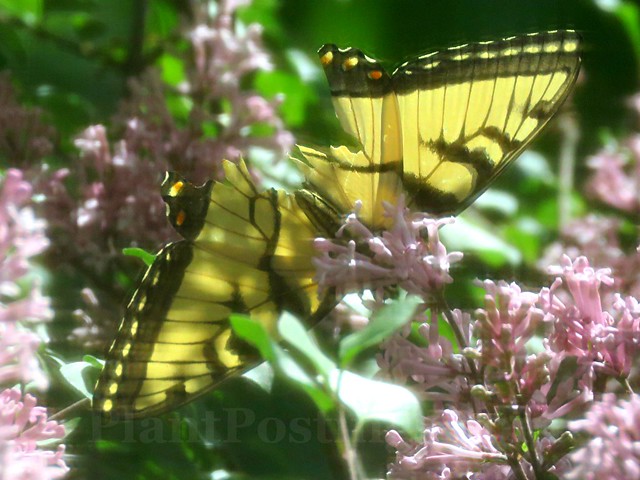
Every year about this time, the Dwarf Korean Lilacs (Syringa meyeri) perfume the neighborhood, and the butterflies really start to congregate in the garden. I've seen a couple of monarchs and several tiger swallowtails. This female swallowtail had my heart aflutter because it was right outside the kitchen window and I was able to grab my camera fast and get a few shots (though through a screen). Something didn't seem quite right, though.

It wasn't until I downloaded the photos from my camera memory card that I realized she had two severely damaged wings. Her tails were completely gone. Wow, something must have tried to take a bite?

Yesterday was a very sad day for so many reasons. The country and the world are sick and hurting and grieving. It's been hard to move forward.

This persistent, beautiful survivor provided a sign of hope.

On a difficult day, it was helpful to think on this simple thing.
******
"Whatsoever things are true, whatsoever things are honest, whatsoever things are just, whatsoever things are pure, whatsoever things are lovely, whatsoever things are of good report, if there be any virtue, and if there be any praise, think on these things." ~Philippians 4:8 KJV






